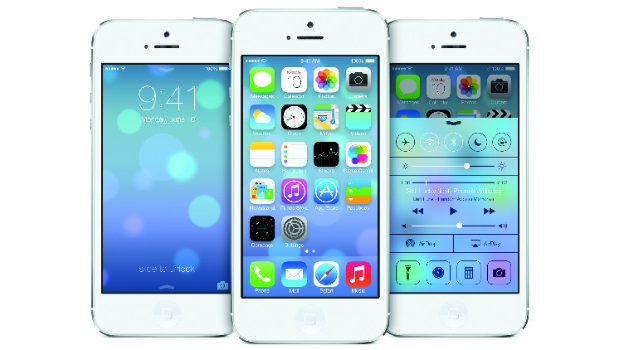Along with Office on the iPad, Microsoft has released a comprehensive Enterprise Mobility Suite for managing and securing mobile devices, mobile applications and user identity and access — all from the cloud.
CEO Satya Nadella and other Microsoft officials said EMS works with Office on iPad and “over time” will work with Office apps on Android and other platforms.
At an event in San Francisco, Nadella called the suite “a massive step forward” for IT shops. He sought to ingratiate his own Team Microsoft with IT managers everywhere who face increasingly intense demands to orchestrate Bring Your Own Device (BYOD) and Bring Your Own Application (BYOA) processes.
“IT has the toughest job to empower the individual and to protect the corporate assets,” Nadella said.
Nadella did not offer many details about the EMS capabilities at the event, saying more will be revealed at the Microsoft Build conference next week.
However, Brad Anderson, corporate vice president of cloud and enterprise at Microsoft, laid out some EMS details in a blog post, including the fact that licenses for three cloud services behind EMS will be per-user instead of per device.
“This means you not need to count the number of devices in use, or implement policies that would limit the types of devices that can be used,” Anderson wrote.
He did not disclose actual pricing plans in the post, however.
EMS’s three cloud services were described in the blog:
- For data protection delivered from the cloud, EMS will use the Azure Rights Management. The tool was already available for Office 365, but will now support on-premise Exchange, SharePoint and Windows Servers.
- For Mobile Device Management (MDM) and Mobile Application Management, EMS has Windows Intune, which will be upgraded in April to support more Android device management, including support for the Samsung Knox and the upcoming Windows Phone update. Features include email management for iOS, selective wipe of devices, iOS 7 data protection configuration and remote lock and password reset.
- Azure Active Directory will provide single sign-on to Office 365 and many other cloud services for identity and access management. A Premium version will be available in April with new self-service password reset and security reporting features to block threats like anomalous logins.
Anderson called EMS “the most comprehensive and complete platform for organizations to embrace…mobility and cloud trends. Other offerings feature only disconnected pieces of what is needed.”
Nadella opened his remarks today by describing Microsoft’s focus on “Mobile First—Cloud First” saying that some engineers in Microsoft had playfully complained he couldn’t have two “firsts. The reality is it’s one in the same…there’s a magical coming together of the cloud and mobile.”
In reaction to the EMS announcement, analyst Jack Gold at J. Gold Associates and Patrick Moorhead at Moor Insight and Strategy separately said that Microsoft has already been the top vendor of Windows management tools with its System Centre software for desktops and servers and should have moved to mobile management sooner.
“Microsoft realises that it if wants to stay relevant, it has to expand to include all mobile platforms, especially since it is not a key player in phones or tablets,” Gold said.
“There’s no doubt that Microsoft customers have been complaining about having to add a third party platform to manage mobile while also maintaining System Centre for the PC and server platforms. They should have done this sooner,” he added.
The EMS tool could allow Microsoft to “potentially wipe out the MDMs by combining all the MDM functionality into their current management,” Moorhead said. “EMS makes life easier for enterprises who have two sets of management tools — one for mobility and one for PCs. With Microsoft at the centre with app management, authorised access and Exchange, it’s a natural.”
Matt Hamblen, Computerworld







Subscribers 0
Fans 0
Followers 0
Followers